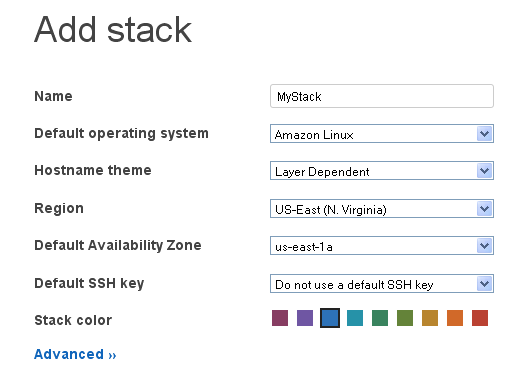Amazon Launches AWS OpsWorks for Boosted Cloud Management
Amazon has devoted considerable resources to building out the features of its EC2 (Elastic Compute Cloud) platform, and with good reason: as one of the more high-profile options in the world of scalable, cloud-based compute capacity, EC2 faces constant pressure from both competitors and clients. Those features include AWS CloudFormation, which gives users the ability to create and provision a collection of related Amazon Web Services resources, and AWS Elastic Beanstalk, which assists in deploying applications in the cloud. Now Amazon’s taken that support another step, with the release of AWS OpsWorks, which offers users an “integrated management experience” for the entire application lifecycle, from resource provisioning to monitoring and access control. Amazon insists that the feature will work with incredibly complex applications, regardless of the latter’s architectural pattern. Each OpWorks stack, which hosts one or more applications, features a set of Amazon EC2 instances, complete with “blueprints” for managing those instances. Each stack also features “layers” specifying setup and configuration of a set of EC2 instances and AWS resources. OpWorks installs applications on EC2 instances by “pulling code from one or more code repositories,” according to a Feb. 18 posting on the Amazon Web Services Blog. “You can indicate that the code is to be pulled from a Git or Subversion repository, fetched via an HTTP request, or downloaded from an Amazon S3 bucket.” AWS OpsWorks users can also create EC2 instances (after defining stack, layers, and applications) and assign them to specific layers, either launching instances manually or setting them to scale based on load or time. The platform will monitor instances and feed any relevant metrics to Amazon CloudWatch; there’s also the option to use AWS Management Console in handling stacks. Amazon offers a complete rundown on its blog. “Moving forward, we plan to introduce integrated support for additional AWS resource types to simplify the management of layers that don’t require deep control,” the posting added. “As always, your feedback will help us to prioritize our development effort.” Amazon has been adjusting its AWS efforts in recent quarters to handle the needs of increasingly sophisticated customers with a lot of data in need of management. Just last week, the company moved its Redshift data-warehousing service out of limited preview into general availability. Amazon designed the service to operate at a fraction of the cost of on-premises data warehouses, as well as integrate with other services such as Amazon S3 and Amazon DynamoDB. Such moves could also give AWS more of an advantage at a time when it faces increased enterprise competition from the likes or Oracle and Microsoft. Image: Amazon
